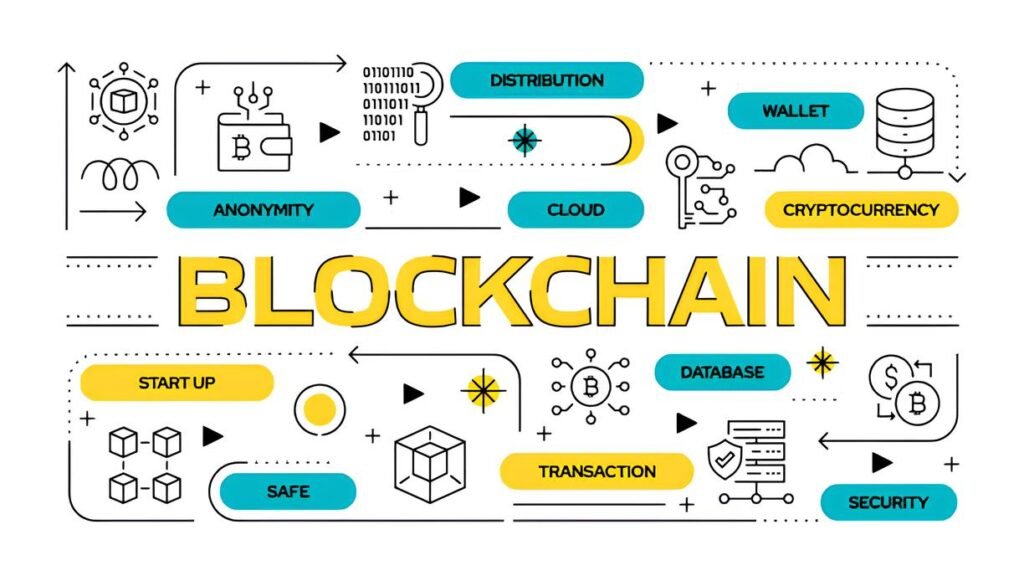Everyone who dives into the darknet envisions a cloak of invisibility—a digital persona sealed off from prying eyes and relentless trackers. You choose a clever alias, maybe a quirky username that feels personal yet anonymous. But what if that carefully crafted identity is more like a footprint in fresh snow: distinctive, traceable, and surprisingly revealing?
In a landscape designed for secrecy, the notion that your darknet handle could be traced back to you might feel unsettling. Yet, beneath layers of encryption and the promise of anonymity, subtle cues embedded in your alias and behavior can narrow the trail right back to your doorstep.
In This Article
- Why Darknet Aliases Are More Vulnerable Than You Think
- Decoding Behavioral Patterns Behind Your Alias
- How Metadata and Timing Expose Your Identity
- The Pitfalls of Alias Reuse Across Platforms
- Technological Factors Making Tracing Easier
- Best Practices to Keep Your Darknet Alias Safe
- Frequently Asked Questions
Why Darknet Aliases Are More Vulnerable Than You Think
At first glance, a darknet alias is just a pseudonym: a mask behind which to hide. But in reality, the alias acts like an extension of yourself. It carries echoes of your online habits, typing style, interests, and even personality quirks—creating a surprisingly detailed profile that can be exploited to track you down.
Many users underestimate the sophistication of modern investigative techniques. Law enforcement and security researchers use advanced link analysis and cross-referencing tools to connect seemingly unrelated usernames, posts, and digital breadcrumbs.
Consider the case of “ShadowFox42,” a popular persona on several darknet forums. While the name itself revealed nothing, investigators pieced together posting times, vocabulary patterns, and even indirect references to geographic events mentioned in chat logs. This multi-layered profiling cracked the enigma wide open.
Behind the scenes, alias analysis is seldom about the name alone. It’s the context around how it’s used, where it appears, and how it behaves that creates vulnerability.
Decoding Behavioral Patterns Behind Your Alias
Behavioral analysis is a powerful weapon in the armory of darknet investigators. No two individuals behave exactly the same online. Over time, subtle consistencies reveal a “digital fingerprint” built from the following aspects:
- Writing style: Specific spelling choices, punctuation habits, and syntactic tendencies.
- Active hours and time zones: When your alias is online, which often reflects your real-world schedule.
- Topic preferences: Repeated interest in certain subjects or niches.
- Interaction patterns: How quickly you respond, how you navigate conversations, and your social dynamics.
Even these small signals, when combined, create a mosaic revealing more than the alias itself. Think about it as a signature in the snow—each mark might look minor, but together they tell a story.
Behavioral consistency is the core problem for darknet alias security—changing your username is not enough if your style and habits do not shift with it.
How Metadata and Timing Expose Your Identity
Beyond what you write or say, the when and how of your online activity leaks critical metadata. Every visit, every post, and every transaction creates a timestamp, packet size, and routing path that can be analyzed.
Experts use timing correlation attacks to match the exact moments when a darknet alias is active with other online behavior, such as activity on clearnet forums, social media, or encrypted chat platforms.
This form of surveillance exploits the reality that humans—and their computers—are creatures of habit. If your darknet alias pops up predictably every evening or weekends only, those patterns become easy to flag.
Encrypted file uploads or images shared under your alias can also carry hidden metadata like GPS coordinates, device type, or timestamps. Even some supposedly secure platforms fail to strip out these embedded signatures.
The Pitfalls of Alias Reuse Across Platforms
Using the same nickname or a variant of it on multiple platforms is a common mistake. It’s tempting because it feels consistent and easy to remember, but this habit is a key tool for investigators.
Cross-platform alias reuse allows for linking of your darknet activity back to traceable profiles on less secure networks. In some cases, a social media account with minimal privacy settings can thus unravel your carefully maintained darknet persona.
In fact, even subtle similarities in naming patterns—like adding a number or changing capitalization—can provide enough data points for algorithmic matching.
Sharing a handle on a public clearnet forum or social media—even without revealing personal info—can indirectly expose you by behavioral attribution.
Technological Factors Making Tracing Easier
Aside from human error and behavior, technology itself can betray darknet aliases. Here are some underlying factors to be mindful of:
- Browser fingerprinting: Even when using Tor or other anonymity networks, unique combinations of your browser, operating system, and plug-ins can create a fingerprint linked to your alias.
- Device telemetry: System-generated identifiers or metadata inadvertently sent by apps can reveal device signatures.
- Operational mistakes: Logging in from multiple devices without separating profiles, or using inconsistent network chains, can leave overlapping traces.
- Cryptocurrency tracing: Digital currencies are not inherently anonymous. Blockchain forensic analysis can link payment addresses to your digital identity if you’re not careful.
For example, improper usage of cryptocurrency wallets linked to your alias can be traced through public blockchain records. This makes tools like mixers or privacy coins essential—but only if used correctly. To understand these nuances, check out best practices for anonymous crypto transactions for more detailed guidance.
Best Practices to Keep Your Darknet Alias Safe
Although perfect anonymity doesn’t exist, there are solid strategies to strengthen your darknet alias protection:
- Separate identities: Use different aliases that never overlap in timing, language, or device profile.
- Vary your behavior: Change posting times, writing styles, and avoid routine patterns to break fingerprinting.
- Use specialized privacy OS: Operating systems like Tails or Whonix route traffic and DNS exclusively through Tor, reducing leak risks.
- Control metadata: Strip metadata from uploaded files using tools such as MAT2 before sharing.
- Keep browsing environments isolated: Avoid syncing browser sessions, autofill, or any extensions that could leak information. Learn about avoiding accidental doxxing in anonymous communities to bolster your knowledge.
- Secure your crypto habits: Use privacy-preserving wallets and mixers, and never reuse addresses across identities.
Regularly audit your digital footprints and disconnect or retire aliases that have been in use too long. Think of your darknet persona as a temporary mask, not a permanent face.
Frequently Asked Questions
Q: Can my darknet alias be linked back to my real identity?
A: Yes. Through behavioral analysis, metadata, cross-platform alias reuse, and technological fingerprinting, investigators can often connect your alias to real-world identities.
Q: Does changing my username frequently help?
A: Changing usernames helps but is insufficient on its own. Unless you also vary behavior, timing, devices, and metadata, your alias remains traceable.
Q: How do privacy-focused operating systems help protect my alias?
A: Operating systems like Tails and Whonix are designed to minimize leaks by channeling all traffic through anonymizing routes and preventing system-level data leaks.
Q: Are VPNs enough to protect my darknet identity?
A: VPNs can help but are not foolproof. Improper VPN use or providers that log data can expose your activity. Combining VPNs with Tor and good OpSec is essential.
Q: What role does cryptocurrency play in alias vulnerability?
A: Cryptocurrencies, if used without privacy precautions, provide a public ledger of transactions that can be traced back and linked to your alias.


